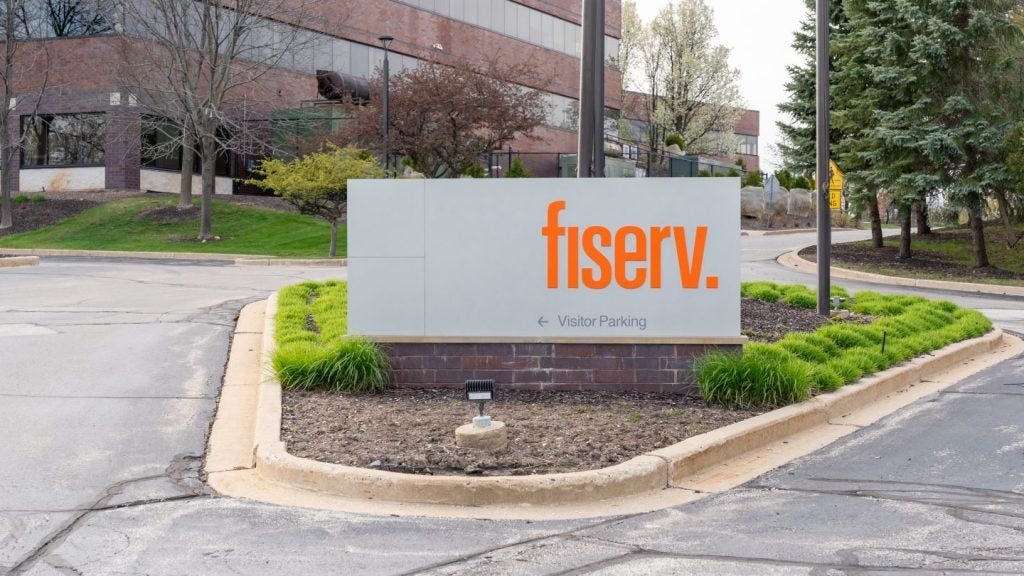A survivor of the dotcom boom of the late 1990s, iPay has
emerged as a significant player in the hotly contested US online
bill-pay market. iPay’s president told Charles
Davis about the company’s simple yet effective strategy
for success in the community bank and credit union sector.
US online bill-pay service provider iPay Technologies has found
a powerful formula: offering bill-pay services for all the
community banks and credit unions that once scorned such technology
until a national bank with free bill payment service showed up next
door.
In all fairness, Kelli Schultz, the president of iPay
Technologies, told EPI that many of the company’s electronic bill
payment clients have been offering bill-pay for years, ever since
the original company, CallMeBill, launched a pay-by-phone service
in 1997. CallMeBill followed this with the launch of online
bill-pay in 1998.
In 1999 CallMeBill was acquired by online banking service
provider NetZee, which went on to become a victim of the dotcom
crash. However, in May 2001 CallMeBill’s management bought back the
150 contracts from the failing NetZee and moved into community
financial institutions in a big way, as the renamed iPay
Technologies.
Today, iPay services 1,500 institutions in its core business –
end-to-end bill payments services, from web building and design to
data processing, warehousing payments and servicing the end user,
even if that means cutting paper cheques for bill payments to small
shops that can’t yet accept electronic payments.
“We have to do it all to be able to service our client base,”
Schultz said. “For about 25 percent of our payments at the moment,
that means preparing paper cheques that we are cutting.” Cutting
checks entails taking a sheet of connected cheques and separating
them by cutting them to send out.

US Tariffs are shifting - will you react or anticipate?
Don’t let policy changes catch you off guard. Stay proactive with real-time data and expert analysis.
By GlobalDataTrigger points
Not that iPay wants to cut all those cheques. Schultz said that
iPay has three different trigger points for electronic billing: the
sheer volume of bills from a single company, measurements of the
delivery time frame which may indicate a slow-posting situation
with the biller, and expressed interest on the part of the biller
to receive their payments from iPay electronically.
“We find pockets of billers with inefficient, time-consuming
processes, and we look to engage that biller,” she said. “We can
take even the most microscopic local biller and turn them
electronic in days.”
Schultz said that the local dry cleaner, the florist and the
phone company might all make excellent e-billing prospects, but
iPay has also found that lots of doctors and dentists and other
medical care companies are ideal for conversion to electronic
billing.
“These local businesses are great from the community banking
perspective because they don’t have the resources to implement true
B2B [business-to-business] integration, so we can provide them with
a simple method of receiving and posting data,” she said.
Expanding channel base
iPay arguably had a low profile until last October, when it landed
a contract with one of the four largest providers of core
processing software and services, Jack Henry & Associates. That
added more than 1,000 bank and credit union customers to iPay’s
roster. It also expanded its channel base by forming alliances with
20 other organisations, including Bradford-Scott Data, a data
processing systems vendor for credit unions in Indiana; Atris
Technology, a provider of Microsoft Windows-based automation
solutions to banks and credit unions, which markets iPay’s bill
payment services to their financial institution clients; and RC
Olmstead, a data processing company for the credit union
industry.
That momentum allowed iPay to sign up 350 other new clients last
year to its hosted service, and now the company is adding 30 to 45
customers a month, Schultz said. Some 75 percent of iPay’s new
business clients are entering e-billing for the first time.
Schultz said one of iPay’s chief advantages is that it operates
its own call centre to handle questions from its financial clients’
customers about its bill-pay applications. About half of the
Elizabethtown, Kentucky-based company’s 260 employees work in the
call centre, which lets iPay provide service on behalf of financial
companies that often cannot do so themselves but do not want their
customers’ inquiries to be bounced from a bank to a reseller to a
vendor.
“We have to do this ourselves, because we are allowing these
smaller institutions to enjoy the same playing field as the
national banks with bill payment services,” she said. “We have no
choice but to replicate the experience for them.”
iPay offers three variations of its bill-pay services: a basic
offering, a more comprehensive version that offers the most-used
payment functions, and one that has the same types of features used
by all the major banks. iPay will continue to focus on small and
mid-sized banks, and expects to be able to enrol new customers in
that market for another two to three years, Schultz said, adding
that the company’s focus is on institutions with $10 billion in
deposits and below.
Looming threat
Looming on the horizon is Fiserv, which in December bought
CheckFree, the leading provider in electronic bill payment and
presentment. Though CheckFree has historically focused on big
banks, Fiserv has a strong position in community banks and has
promised a push into the market for bill-payment services.
iPay has a huge head start, though, and Schultz said that banks
and credit unions at every level are not content to wait any longer
to get involved in online bill payment.
“The banks that have been with us are really getting it, and the
profitability is there, and they see the potential, but there are a
lot of latecomers still coming on the bill payment market,” she
said. “In many markets, it’s a game of follow-the-leader, as big
national bill-pay customers come in to their backyards.”
Schultz said that even the smallest players are coming to the
realisation that electronic bill payments represent much more than
a convenience.
“The average customer has three banking relationships, so the
real race is in owning the primary account,” she said. “To pay your
bills, you have your direct deposit go in to one account, and it’s
that account relationship that drives all the other financial
traffic. So if you have the bill payment relationship, you are the
balance holder.”







